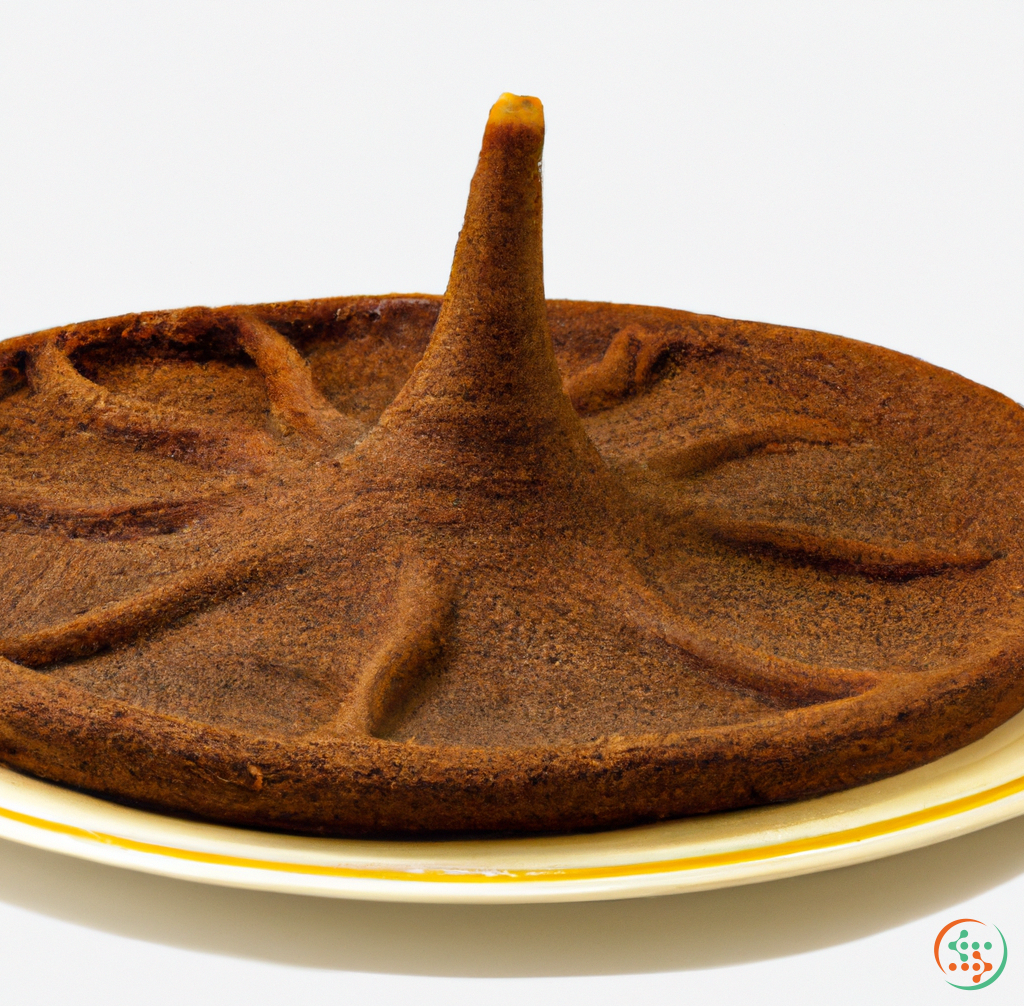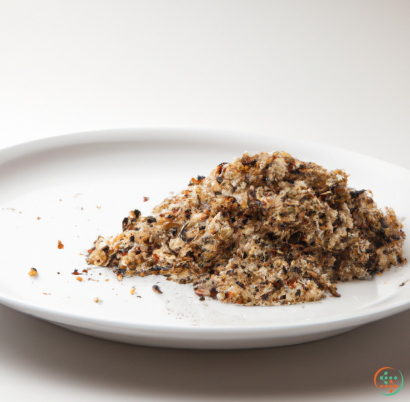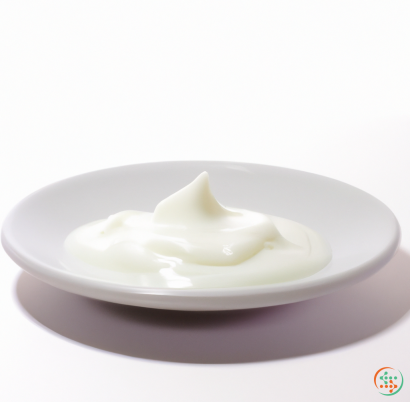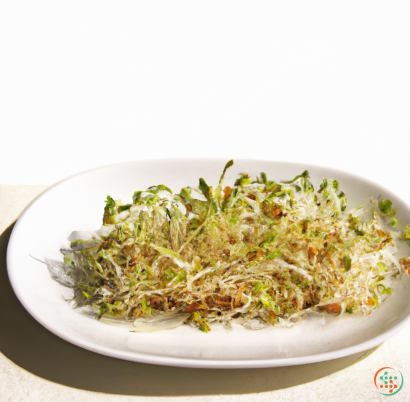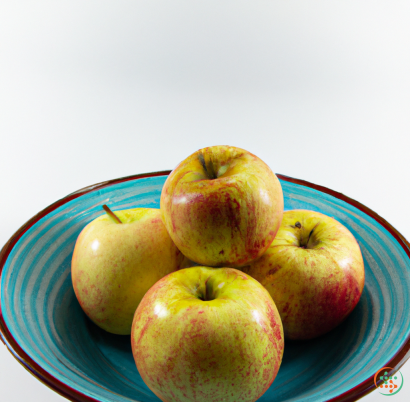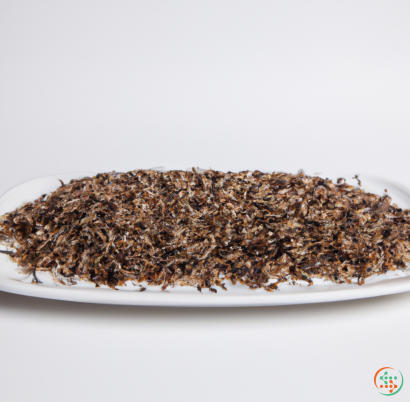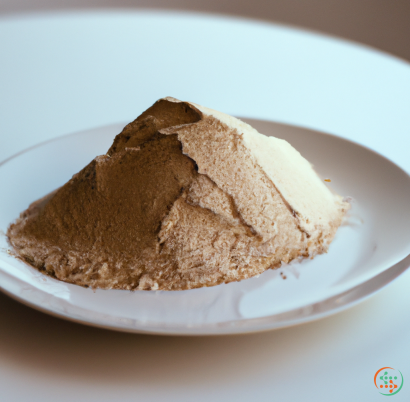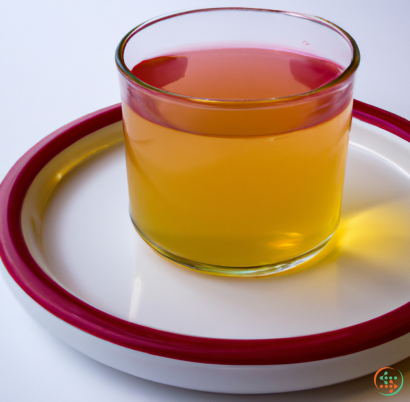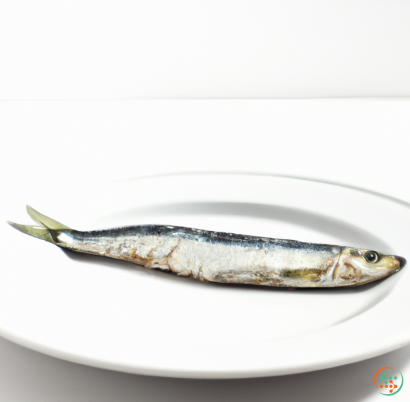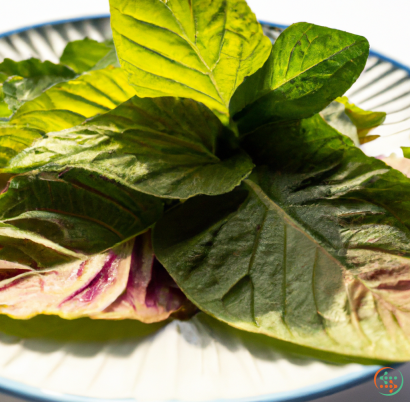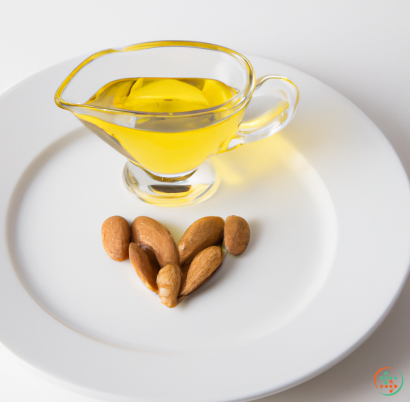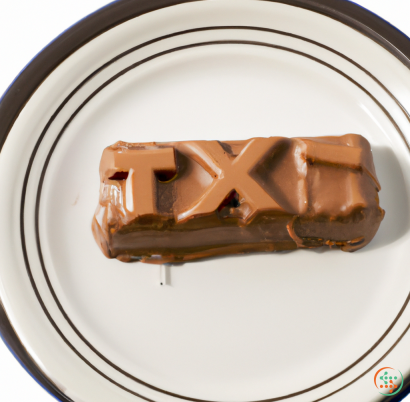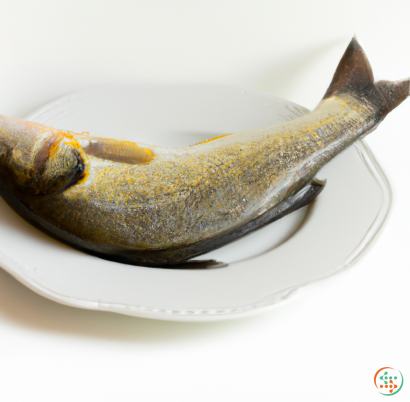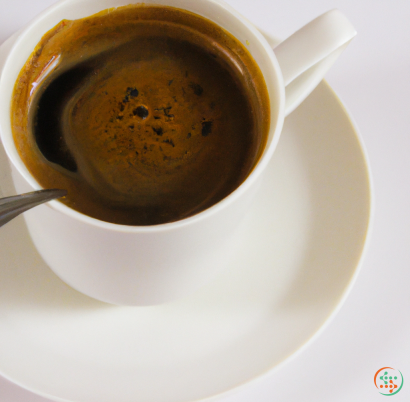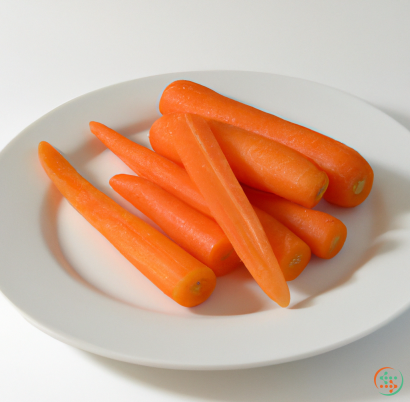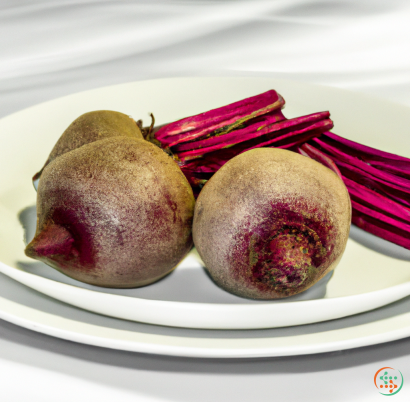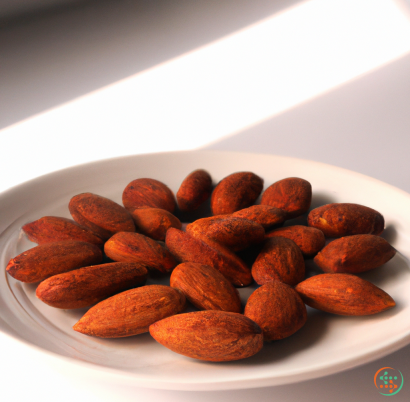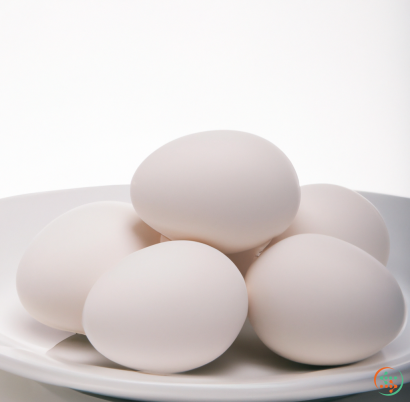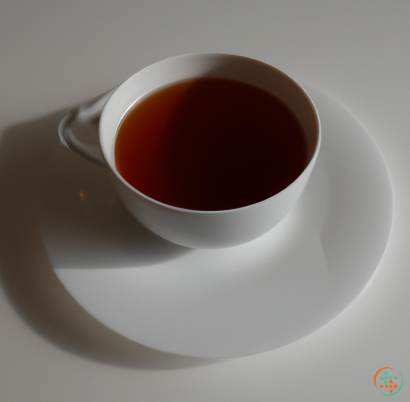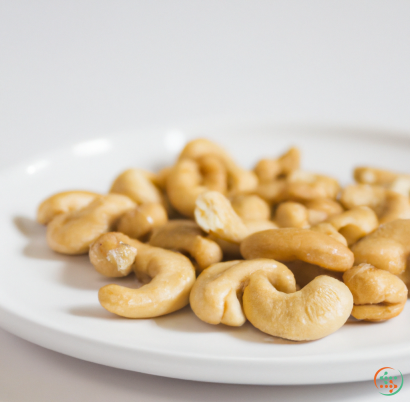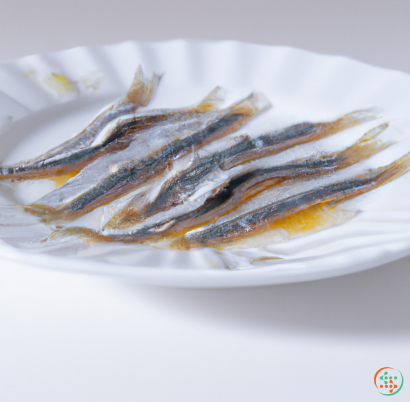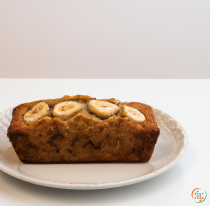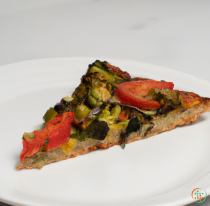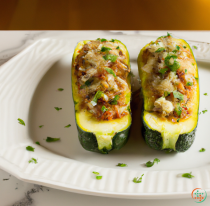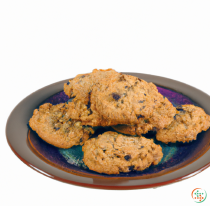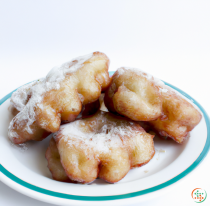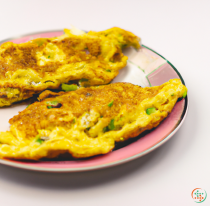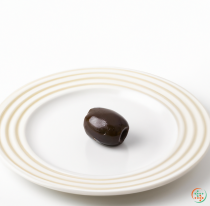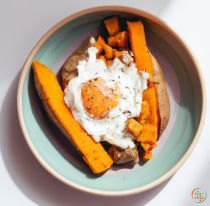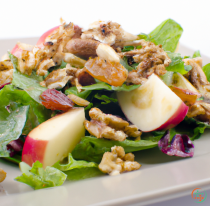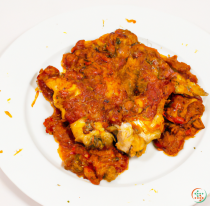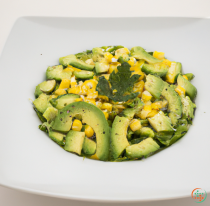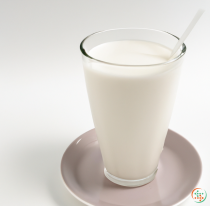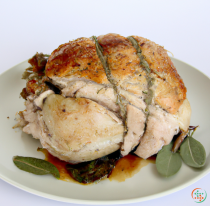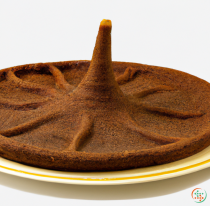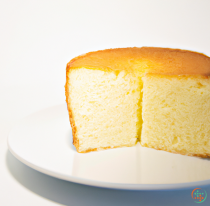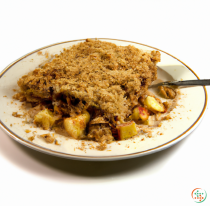Injera Recipe: Great Taste. Simple Directions.
Make the perfect Injera
Injera is a spongy, fermented sourdough bread that is a staple in Ethiopian and Eritrean cuisine. It is made from teff flour, water, and yeast, and is traditionally cooked on a clay plate called a mitad.
Injera is used as both a plate and utensil - pieces of injera are used to scoop up stews and vegetables. The bread is also eaten with the hands, and so it is important that it is soft and pliable.
The fermentation process used to make injera is what gives the bread its distinctive sour taste. The dough is left to ferment for several days, during which time it will rise and become bubbly.
The fermentation process also makes the injera more digestible, as the bacteria breaks down the gluten in the flour. This makes it a good option for those who are gluten-sensitive.
Injera is a healthy and delicious bread that is perfect for soaking up stews and vegetables. It is easy to make and can be a fun project to do with kids or beginners.
Injera ‐ What It Tastes Like
Injera is a unique and delicious traditional flatbread that is popular in many parts of Africa, particularly in the Horn of Africa region. It's a staple food in Ethiopia and Eritrea, and it can also be found in Somalia, Sudan, and other parts of Africa. Injera has a distinct taste and texture that makes it stand out from other flatbreads.
The main ingredients for Injera are teff flour, water, and salt. Teff is a type of grain that is native to Ethiopia and Eritrea and is high in protein and fiber. The combination of these ingredients is what gives Injera its unique sourdough-like flavor. The dough is fermented for several days, giving it a sour taste that is both tangy and slightly sweet.
Injera is typically served with a variety of other dishes. Its spongy texture helps it to absorb the flavors of the different dishes. It can also be enjoyed on its own, as it has its own unique flavor. The taste of Injera is earthy and slightly sour, with hints of sweet and savory notes.
In addition to its flavor, Injera is also known for its unique texture. It is spongy and soft, with a slightly chewy consistency. The texture helps to give the bread a pleasant mouthfeel, making it enjoyable to eat. Injera can be served either hot or cold, and is often served with dishes like stews, curries, and vegetable dishes.
Injera is an incredibly versatile food, and can be used in a variety of ways. It can be used as a wrap for savory dishes, or it can be used as a scooping device for soups and stews. It can also be used as a base for other dishes, such as pizza or lasagna. Injera can even be used as a dessert, as it pairs well with sweet toppings such as honey or chocolate.
Injera is a unique bread that is incredibly flavorful and versatile. Its unique sourdough-like flavor and spongy texture make it an enjoyable and versatile flatbread that can be enjoyed in a variety of ways. If you’re looking for a delicious and unique flatbread, Injera is definitely worth a try.
Injera ‐ Is it healthy for you?
Injera is a traditional flatbread made from fermented Teff flour that is popular in Ethiopia and Eritrea. Many people enjoy the spongy, crepe-like texture and tangy flavor of Injera, but is it healthy? Let’s take a closer look.
Injera is a complex carbohydrate, meaning it is made up of long chains of sugar molecules that are slowly digested and absorbed into the bloodstream, providing sustained energy. It is also an excellent source of dietary fiber, which is important for promoting regularity, supporting healthy cholesterol levels, and helping to keep you feeling full and satisfied.
Injera is rich in vitamins and minerals, particularly B vitamins, which are essential for energy production and metabolism. It also contains calcium, iron, and magnesium, all of which are important for supporting healthy bones and muscles.
Injera is low in fat and calories, making it an ideal choice for people who are watching their weight or following a low-calorie diet. Additionally, the fermentation process used to make Injera produces beneficial probiotics, which can help to promote digestive health.
Overall, Injera can be considered a healthy food choice. It is nutrient-dense, low in fat and calories, and provides sustained energy. One caveat, however, is that Injera is often served with a variety of sauces and condiments that can add considerable amounts of fat and calories to a meal, so it’s important to be mindful of this when eating Injera.
In conclusion, Injera can be a nutritious and satisfying addition to your diet. It is a complex carbohydrate that provides sustained energy, is low in fat and calories, and is rich in vitamins, minerals, and probiotics. When eaten in moderation and in combination with a balanced diet, Injera can be a healthy and delicious way to fuel your body.
Injera ‐ Is it Gluten Free?
When it comes to Ethiopian cuisine, there is no dish more popular or beloved than injera. This flatbread is served with every meal, and is essential to the Ethiopian dining experience. But for those with gluten sensitivities, injera can be a source of worry. Is injera gluten free?
In short, the answer is yes. Injera is made from teff flour, which is naturally gluten free. Teff is a type of grass that is native to Ethiopia. It is ground into a fine flour that is used to make injera. Teff is high in iron, calcium, and protein, making it a healthier alternative to wheat-based flours. The flour is combined with water and allowed to ferment for several days, which gives injera its slightly sour taste.
Injera is traditionally made without any additional ingredients, so it is naturally gluten free. However, some modern variations of injera include wheat flour or other grains. It is important to check the ingredients list if you are purchasing pre-made injera to ensure that it is gluten free.
Injera is also traditionally made without yeast, which is another plus for those with gluten sensitivities. The fermentation process creates the distinctive sour taste of injera, so it is not necessary to use yeast. However, some recipes may call for the addition of yeast or baking powder, so it is important to read the ingredients list carefully.
In addition to being gluten free, injera is also naturally vegan and dairy free. It is a versatile food that can be served with a variety of savory dishes, as well as sweet dishes. It can also be eaten on its own, as a snack or breakfast food.
Overall, injera is a great gluten free option for those with sensitivities. It is a tasty, nutritious food that can be served with a variety of dishes. It is also a great way to add a unique flavor to your meals. So, the next time you’re looking for a gluten free option, consider giving injera a try!
Injera ‐ Preparation Time
Injera is a traditional Ethiopian flatbread that is a staple in the culture, as well as a popular dish served in many restaurants. It is made from a fermented batter of teff flour, and is usually served with a variety of savory dishes. While the preparation of Injera may seem intimidating, with the right preparation and patience, it can be made with great success.
The process of making Injera begins with the fermentation of the batter, which is made of teff flour, water, and salt. This fermentation process takes anywhere from two to three days, depending on the desired texture, but can take up to a week if a more sour flavor is desired. During this time, the batter needs to be stirred at least twice a day and left at room temperature in an airtight container. This allows the batter to develop a sour flavor and the air bubbles that will help the injera to cook properly.
Once the batter has reached the desired level of fermentation, it is time to cook the Injera. This requires a large, flat pan, or a specially designed pan called a mittad, which is used to make the traditional round shape of the Injera. The pan needs to be heated to a medium temperature before the batter is added. Once the batter is added, it is spread quickly and thinly across the surface of the pan. As the batter cooks, it will form air bubbles and begin to curl at the edges.
When the injera is cooked, it should be removed from the heat and transferred to a large plate. The injera will be slightly gummy and spongy in texture when it is finished cooking. It should be served warm and can be eaten plain, or with a variety of savory dishes.
Injera is a delicious and versatile flatbread that is an integral part of Ethiopian cuisine. While it can be intimidating to make, with a little patience and preparation, it can be successfully made in the comfort of your own home.
Injera ‐ Serving Size
Injera is a soft, spongy, sourdough-like flatbread that is popular throughout the Horn of Africa. It is a staple in the diets of Ethiopians and Eritreans, and is often served with a variety of stews, curries, and vegetables.
Injera is traditionally served in large round platters, with the bread covering the entire plate. The size of the Injera may vary from small individual servings to large platters that can easily feed 10 people.
The size of the Injera used for a meal is largely determined by the number of people eating. For a single person, the traditional serving size is about 12 inches in diameter. For two people, the Injera should be about 15 inches in diameter. When serving three to four people, the Injera should be about 18 inches in diameter. For five to six people, the Injera should be about two feet in diameter. For seven to 10 people, the Injera should be about three feet in diameter.
Injera can also be served in smaller individual portions. These individual servings are typically about 6 inches in diameter.
When serving Injera, it is important to remember that the bread will shrink slightly as it cooks. This means that when preparing Injera for a large group, it is wise to make the bread slightly larger than the desired serving size to account for this shrinkage.
Injera is a unique and delicious flatbread that can be enjoyed by everyone. Whether you’re serving a small group or a large gathering, it’s important to remember to adjust the serving size accordingly for the best results. By doing so, you can ensure that everyone can enjoy the full flavor of this beloved traditional dish.
Recipe for Injera
Injera is a delicious Ethiopian bread that is perfect for sopping up stews and curries. It is made from a fermented batter of teff flour and water, and has a spongy, slightly sour flavor. Here is a recipe for injera, courtesy of Ethiopia Tours.
Ingredients:
1 cup teff flour
1 cup all-purpose flour
1 teaspoon active dry yeast
1 teaspoon salt
1 tablespoon sugar
2 cups warm water
Directions:
1. Combine the teff flour, all-purpose flour, yeast, salt, and sugar in a large bowl. Mix well.
2. Gradually add the warm water, stirring until the mixture is the consistency of pancake batter.
3. Cover the bowl with a damp towel and let it rise in a warm place for 24 hours.
4. Stir the batter, then pour it into a 9-inch nonstick skillet.
5. Cook over medium heat for 2 minutes, or until the injera begins to bubble.
6. Reduce the heat to low and cook for 1 minute longer.
7. Remove the injera from the skillet and place it on a plate. Serve warm with your favorite stew or curry.
